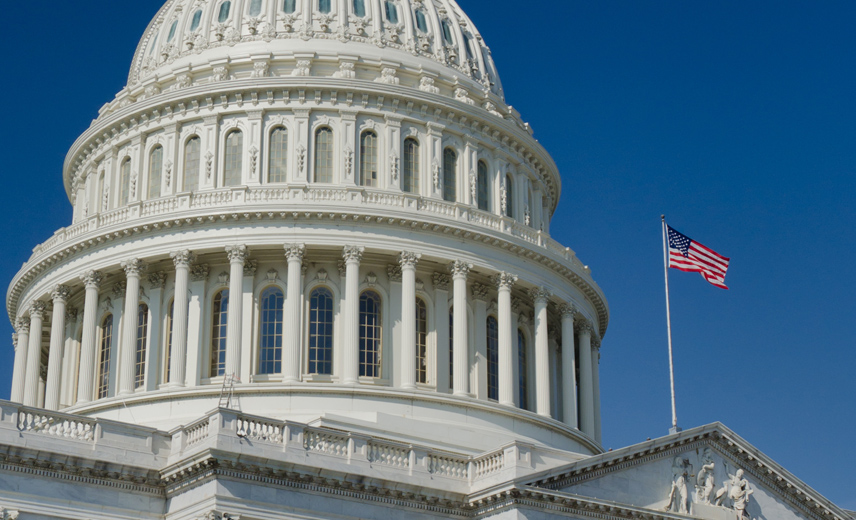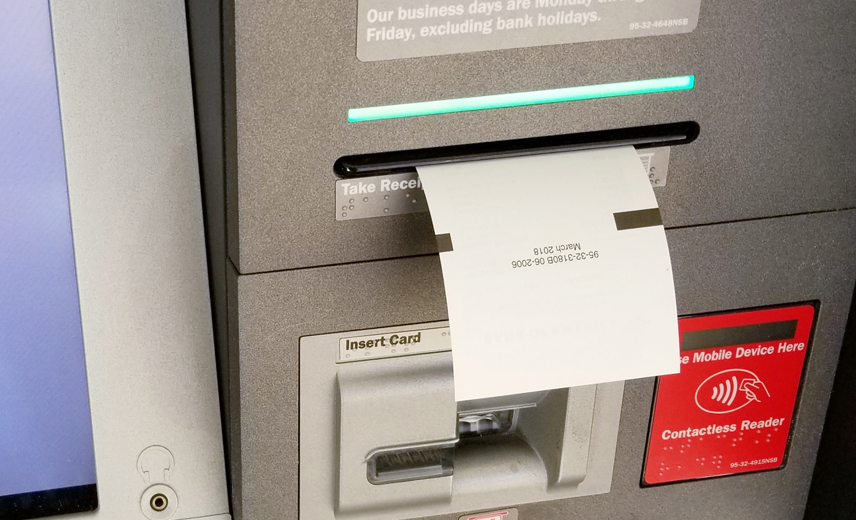Fifth Circuit court ruling on funding for Consumer Financial Protection Bureau threatens consumer trust and financial stability
The CFPB is both delivering on its consumer protection mandate and fostering an equitable financial services marketplace. A recent court ruling puts that progress in danger.
By Laura MacCleery, Senior Policy Director, UnidosUS
On October 19, 2022, the U.S. Court of Appeals for the Fifth Circuit ruled that the funding for the Consumer Financial Protection Bureau (CFPB) is unconstitutional and invalidated the payday lending rule. The decision is at odds with Supreme Court precedent and the constitutional text. The court also reasoned, simplistically, that because the payday rule was impossible without legal funding for the Bureau, it is also void.
The case is now headed to the Supreme Court, where the stakes are high. And the opinion already is casting a long shadow. Although every other court has denied this type of claim, companies facing penalties are now invoking the decision as a defense in enforcement cases covering a range of anti-consumer behavior.
The CFPB Was Created to Fill a Need, and Plays a Critical Role
The continuity of the CFPB’s role in creating a stable, transparent marketplace for consumer financial products remains essential. On the heels of the financial crisis, and with the economy in tatters, Congress established the CFPB in 2011. UnidosUS proudly advocated for its creation because its mandate includes “ensuring that all consumers have access” to financial products that are fair, transparent, and competitive.
As a civil rights organization, we saw that the CFPB could—and does—democratize consumer safeguards, bringing a renewed focus to scams and schemes that target middle- and lower-income people, including those who are unbanked or non-English speakers, as well as youth and immigrants. Among the first rules the new Bureau tackled were those to help address unfair practices on remittances and credit card scams targeting students. More recently, the Bureau is taking steps on so-called “rent-a-banks,” in which lenders create business arrangements to evade state interest rate caps. And for mortgage modifications—much needed during the pandemic—the CFPB translated forms that facilitate access to critical options for Spanish speakers.
At a time when Latino purchasing power is approaching $2.6 trillion, this kind of oversight and rapid response is essential for harnessing the economic prosperity, contributions, and mobility of Latinos, who, as a community, are too often targeted by the most predatory actors in the financial sector.
The Ruling Is Incorrect on the Law
Destabilizing the CFPB threatens consumers but also raises risks for financial institutions, which benefit from compliance certainty and will face potential new legal exposure if the Bureau’s eleven years of work are suddenly thrown off the books. As the Fifth Circuit acknowledged, at its inception, “Congress transferred to the Bureau…authority over 18 federal agencies which prior to the Act were overseen by seven different agencies,” and gave it the power to regulate “any unfair, deceptive or abusive act or practice.” Since then, the CFPB has issued measures that affect huge swaths of the market, from credit cards to mortgages and student loans.
To fund these important activities, at the time of its creation, Congress provided that the Federal Reserve would transfer up to 12% of its “total operating expenses” to fund the CFPB and its activities. The Fifth Circuit decision held that this funding arrangement runs afoul of the Constitution’s Appropriations Clause, which provides that “no money shall be drawn from the Treasury, but in Consequence of Appropriations made by Law.”
Yet this appears to be incorrect based simply on reading the text of the Constitutional provision. The Federal Reserve, which funds the CFPB’s operations, does not take its money from “the Treasury,” but instead sends the Bureau a share of its income from profits on securities holdings and fees from depository institutions. The CFPB’s funding mechanism is essentially the same as the Federal Reserve’s.
The Fifth Circuit decision is riddled with other holes and fallacies. First, it invents a distinction wholesale— pointing out that the Fed is different from the CFPB because it must “remit funds above a statutory limit,” a quirk of the statute that purportedly ties the Fed more closely to the Treasury. But the constitutional text applies to funds “drawn from” the Treasury, and the Fed’s contribution to Treasury could be described only as “given to” Treasury after the fact. More to the point, the statutory cap of 12% that applies to the CFPB, as a sub-beneficiary of the Fed, makes the notion of a refund to Treasury from the CFPB irrelevant.
The decision also paints a dramatic picture of the CFPB’s range of authorities as “unique” and powerful, which the court describes as a violation of the separation of powers between “purse and sword.” Yet many financial regulators, including the Fed, wield similar (or even more world-shattering) powers. Moreover, over its short history, both Congress and the courts have limited the CFPB’s powers on specific actions, even invoking the Congressional Review Act to revoke agency guidance on auto lending.
As this makes clear, there is no shortage of mechanisms for accountability (including Congress, which always retains an ability to alter the law regarding CFPB’s funding or its mission). It’s also unclear why—other than that the Fifth Circuit deems it so—any of this is relevant for the constitutional analysis. Congress can and should create agencies able to meet their mission, or risk failure at one of its core tasks.
As a general matter, limiting principles are conspicuously absent from the decision. In lieu of judicial prudence, the decision features stirring quotes from the Federalist Papers and a broad-brush treatment of the CFPB’s whole set-up as “egregious.” But the reality is far more boring (as it tends to be). Federal agencies can be funded through an annual or multi-year appropriation, or a mix of profits on assets and fines and fees (as the Fed is). Under longstanding Supreme Court precedent, the Constitution requires only that Congress write a law authorizing funding for a federal agency or activity, just as it did. And the intense concern for Congressional prerogatives that animates the decision is curious, given that—although it has tinkered with the CFPB’s policies—Congress has left its funding mechanism basically undisturbed for over a decade.
Because it lacks principled distinctions, the decision also risks invalidating the funding of a host of economically critical financial regulators. Even beyond the Fed, the funding for many federal agencies, including many financial regulators, is virtually indistinguishable from the CFPB’s—including the Federal Deposit Insurance Corporation, the Office of the Comptroller of the Currency, and others.
So-called “self-funding” assures that operations maintain continuity over time. It should be obvious that predictability, an even playing field, and stability are essential ingredients for stable financial markets, engendering trust for consumers and investors alike. And federal agencies subjected to the crosswinds of the annual appropriations process can face political shifts that threaten continuity and are too often chronically underfunded and understaffed. For these reasons, Congress was correct to believe that the CFPB’s ability to protect consumers and support businesses hinges on a predictable and stable funding stream.
A Risky Picture for Business and Consumers
The prospect of a non-functioning CFPB poses a severe risk to business. The rules of the road that the Bureau establishes supersede a large number of inconsistent regulatory approaches at the state level, thus creating compliance certainty and a body of national law. For just one example, the CFPB has increased the amount allowed for credit card late fees to reflect inflation over the past 10 years. Without such a safe harbor, higher fees imposed by issuers may arguably violate what is “reasonable and proportional” under the Truth in Lending Act. As this shows, returning abruptly to a patchwork system without clear parameters for ordinary transactions would introduce radical uncertainty, threatening the legality of dozens of exemptions and practices that a wide range of companies rely on every day.
Though it’s not yet even a teenager, the CFPB is delivering on its consumer protection mandate, including providing over $14 billion in relief to consumers. Allowing the work of the Bureau to continue without interruption is essential to fostering an equitable financial services marketplace. As the Supreme Court takes up the issue, both consumers and businesses alike should hope that Court is more reticent than the Fifth Circuit to interfere with the ability of Congress to establish agencies that can do their job.
The CFPB, like many other federal entities, was carefully designed to meet a need shared by many Americans, including lower- and middle-income consumers, as well businesses both large and small. Its capacity to fulfill its charge depends upon a structure embodying subtle but essential values embedded by Congress and shared across many agencies—including predictability, certainty, and the stability of the financial marketplace and many of its regulators. Let’s hope that the Supreme Court allows common sense to prevail.



